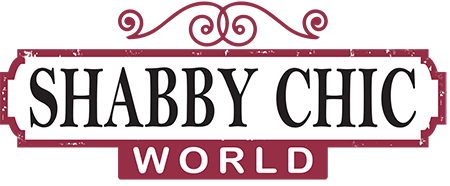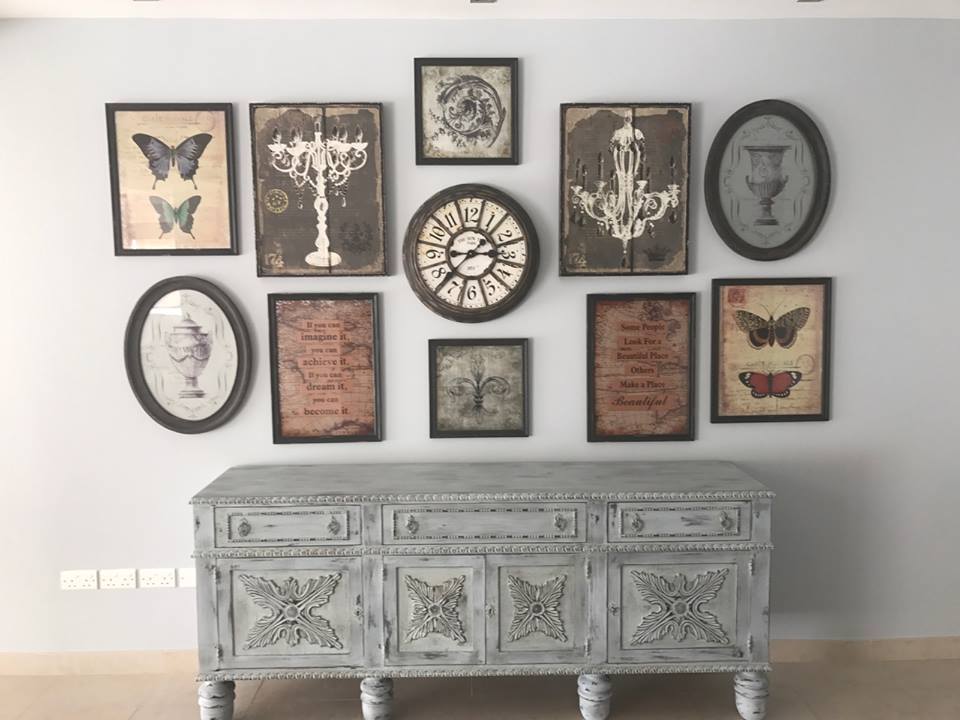How to Use Chalk Paint
It comes as no surprise that chalk paint has universally become the favourite medium for painting furniture. It presents a number of clear advantages over any other type of paint, both in aesthetic and in practical terms.
STRIPPING & SANDING OF SURFACES BEFORE PAINTING
Stripping of the surfaces you are about to paint is not necessary. In most cases, especially if a primer is used, then not even any sanding is required at all. A light sand is usually beneficial when painting on very smooth and glossy surfaces such as veneers, laminates and ultra-glossy surfaces, especially those with a very shiny, resin-like finish. Otherwise just use a primer first and you can skip all sanding altogether.
Naturally, sanding is also recommended is your surfaces are uneven, cracked or flaking.
PRIMING
The use of a primer, although not a must, will continue to add considerable adherence to your paint, it will also fill in and smoothen any minor scratches and blemishes your surface might present. Moreover, it will serve as your first coat to start covering the surface colour below, especially if this is dark.
You therefore have nothing to lose by starting of with a quick coat of primer before applying the paint.
PAINTING
It is recommended to apply the first coat relatively sparingly and then to apply a little but more paint in your second coat. There are instances when painting a very light colour over a very dark surface that you might decide to even apply a third coat, particularly if you did not start off with a primer. So you may apply consecutive coats until you are visually happy with the result.
Chalk paint dries very quickly, so you may easily apply several successive coat on the same day.
It is also possible to water down the last coat of paint so as to render the paint more self-levelling, hence achieving a smoother finish. If this is a concern, you can also give a very light sand with foam-backed 400 point sandpaper.
DISTRESSING, BRUSHING & BLENDING
There are countless techniques which are often associated with chalk paint, so as to achieve a number of interesting and attractive finishes.
Amongst the most frequent are distressing, where you sand off at random some of the paint, particularly around the edges of your furniture item. This gives a more authentic, used and vintage look to your finish and serves to break up the continuous monotony of the paint.
Dry brushing consists of lighting brushing over your painted surfaces with a second colour, giving your furniture an intricate, textured look, when a plain, solid finish is not desired.
Blending also enables you to achieve a multicoloured effect, in a softer and more subtle way than dry brushing, as colours are painted into each other when still wet.
APPLICATION OF TOP COAT
Chalk paint needs to be sealed by a protective top coat, enabling you to wipe and clean your painted surfaces at ease. The most popular mean of doing this is by using either wax or varnish.
Wax leaves a smooth, gleaming finish with a light sheen and often also tends to soften the finish, both in terms of brushstrokes, as well as creating a less harshly regular toned surface.
Varnish is a little bit easier to apply, and in most cases tends to be more protective, however it can lack the lovely lustre of wax.
As a rule of thumb, if you are devoting more time and effort to a few attractive little pieces, then wax could provide you with that final glimmer of glam, while if you are finishing off large, functional surfaces such as a kitchen or internal doors, then varnish will be muchy more practical.



